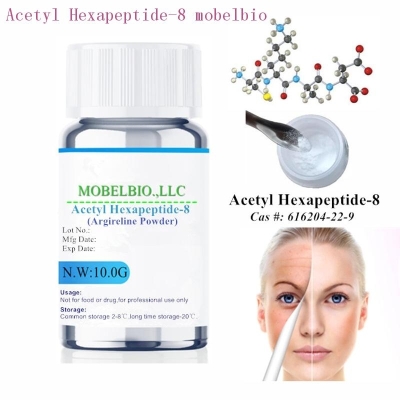Scientists found "tickling" proteins
-
Last Update: 2013-05-27
-
Source: Internet
-
Author: User
Search more information of high quality chemicals, good prices and reliable suppliers, visit
www.echemi.com
Itching proteins may be the key to the treatment of skin diseases You will feel itchy Sunburn and insect bites are also unique feelings in summer But for us, how to distinguish heat, pain and itch is still a mystery Now a protein has been found This protein seems to play a major role in pruritus The findings may account for these three feelings and may provide new treatments for chronic skin diseases In 2010, mark Hoon of the National Institute of Dentistry and Craniofacial Research in Bethesda, Maryland, and colleagues killed specific nerve cells in the spinal cord of some mice, thus depriving them of the ability to feel heat, pain or itch As a result, the mice also lost a protein called NPPB The gene expression of this protein is a cell in a neural pathway that connects the skin to the spinal cord The connection between NPPB and the heart is more common, Hoon said When the heart is under pressure, it secretes this protein to control the sodium content in the blood To study its effects on sensory nerves, a team led by Hoon has genetically engineered mice to lose the protein The researchers placed the mice on heated glass and pricked them with blunt needles The researchers found that these mice responded to temperature and mild pain just as well as mice that still had the protein in their bodies But when several itchy compounds, including histamine, were used to stimulate their skin, the response of genetically engineered mice was significantly reduced There was no effect when NPPB protein was injected directly into mouse skin But when the protein is injected into the spinal cord, both the genetically engineered mice and the normal mice will quickly scratch with their hind paws When the team destroyed the receptors in the spinal cord of healthy mice, they had little reaction to itching chemicals Hoon hopes his findings will be used by researchers to find new treatments for skin diseases such as eczema and psoriasis However, due to the close relationship between NPPB protein and heart activity, antipruritic drugs are unlikely to treat pruritus directly.
This article is an English version of an article which is originally in the Chinese language on echemi.com and is provided for information purposes only.
This website makes no representation or warranty of any kind, either expressed or implied, as to the accuracy, completeness ownership or reliability of
the article or any translations thereof. If you have any concerns or complaints relating to the article, please send an email, providing a detailed
description of the concern or complaint, to
service@echemi.com. A staff member will contact you within 5 working days. Once verified, infringing content
will be removed immediately.







